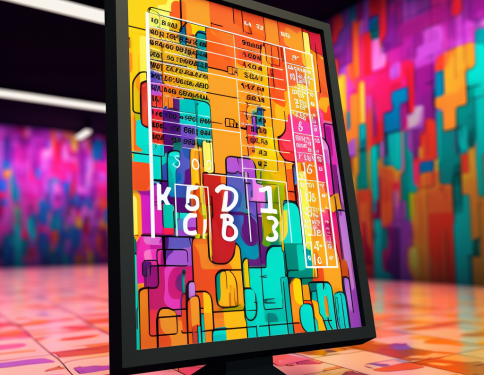The NFT (Non-Fungible Token) market, which has been a hotbed of activity and skyrocketing prices over the past year, is now showing signs of cooling down. Several significant NFT collections have reported double-digit monthly losses, with floor prices – the minimum price sellers are willing to accept for their NFTs – witnessing substantial drops.
This decline in floor prices indicates a broader trend in the NFT space, where the initial euphoria and speculative buying give way to a more cautious and discerning market.
Several factors could be contributing to this trend:
- Market Saturation: The NFT market has recently seen many new projects and collections. While this has increased buyer diversity and choice, it has also resulted in market saturation, making it harder for individual projects to stand out and command premium prices.
- Speculative Bubble: Much of the NFT market’s growth has been driven by speculative buying, with investors hoping to flip their purchases for quick profits. The speculative bubble may burst as the market matures, leading to more realistic pricing.
- Evolving Buyer Preferences: Early NFT adopters were primarily driven by novelty and the desire to own a piece of digital art or collectible. However, as the market evolves, buyers are becoming more discerning, focusing on their purchases’ intrinsic value and long-term potential.
- Economic Factors: The broader economic environment, including inflation, interest rates, and global economic uncertainties, can also impact discretionary spending on luxury items like NFTs.
While the current trend might concern NFT creators and investors, viewing it in the context of the market’s overall evolution is essential. Like any emerging market, the NFT space is bound to go through boom and bust cycles. What’s crucial is the underlying value proposition and the long-term potential of the technology.
The NFT market is currently facing a downturn in floor prices, it’s essential to approach this with a long-term perspective. The technology behind NFTs and their potential applications in various industries, from art and entertainment to real estate and finance, remain robust. As the market matures and finds its equilibrium, we’ll likely see a more stable and sustainable growth trajectory.


